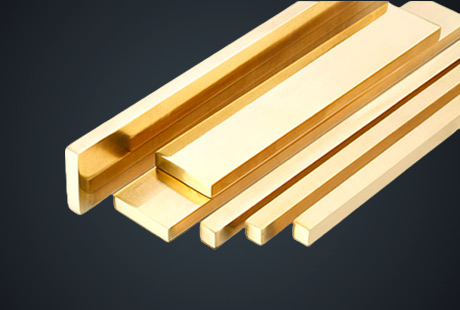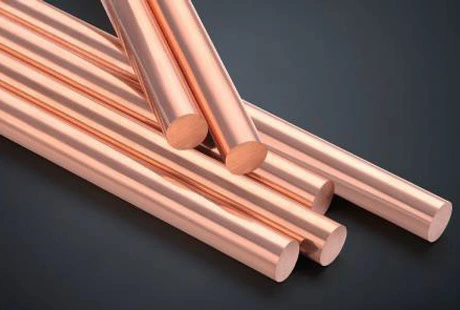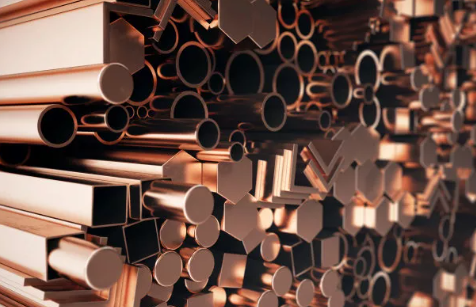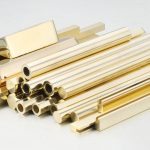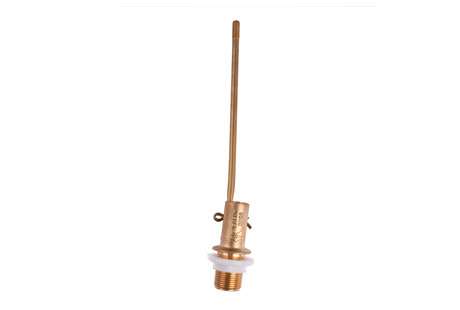Plumbing is an essential aspect of any structure, whether it's a residential home, commercial building, or industrial facility. The reliability and integrity of a plumbing system are paramount, and achieving leak-free connections is crucial. Soldering end feed fittings is a common technique used in plumbing to ensure secure and watertight joints. In this blog, we'll delve into the world of soldering end feed fittings, explaining the process, its benefits, and the applications where it shines.
Understanding Soldering End Feed Fittings
Before we dive into the intricacies of soldering end feed fittings, let's clarify what these components are. End feed fittings, also known as capillary fittings, are a type of copper plumbing fitting. They are used to join copper pipes together, whether for carrying water or gas. The term "end feed" refers to the fact that solder is applied to the end of the fitting to create a secure connection with the copper pipe.
The Soldering Process
Soldering end feed fittings is a solder-based technique that relies on capillary action to create strong, sealed connections. The process typically involves the following steps:
Clean the surfaces: Before soldering, it's crucial to clean both the end feed fitting and the copper pipe to remove any debris, oxidation, or contaminants. This ensures a proper bond.
Apply flux: Flux is a chemical compound that promotes solder flow and helps remove oxides during the soldering process. A thin layer of flux is applied to the cleaned surfaces.
Assemble the joint: The end feed fitting is slid onto the copper pipe, ensuring a snug and secure fit.
Heat the joint: A propane or butane torch is used to heat the joint evenly. The heat causes the flux to become active and helps the solder flow into the joint by capillary action.
Apply solder: Once the joint reaches the correct temperature, solder wire is applied to the joint, melting and flowing into the space between the fitting and the pipe.
Cool and inspect: After soldering, the joint is allowed to cool naturally. It's important to inspect the joint for any signs of leaks, ensuring a watertight connection.
Benefits of Soldering End Feed Fittings
Soldering end feed fittings offers several advantages, making it a popular choice in plumbing:
Watertight and gas-tight seals: Soldered joints are highly reliable, offering leak-free connections for both water and gas applications.
Durability: Soldered joints are known for their long-lasting durability, ensuring the integrity of the plumbing system.
Versatility: Soldering end feed fittings work with both copper pipes and tubes, allowing for versatility in plumbing projects.
Cost-effectiveness: Soldering is a cost-effective and efficient method for creating strong, sealed connections.
Applications of Soldering End Feed Fittings
Soldering end feed fittings are widely used in various plumbing applications, including:
Residential plumbing: Soldered connections are common in homes for water supply lines, heating systems, and more.
Commercial and industrial plumbing: These fittings are also used in larger plumbing systems, including those in commercial and industrial buildings.
In conclusion, soldering end feed fittings is a technique that plays a crucial role in plumbing, offering durable, watertight, and gas-tight connections. Understanding the soldering process, its benefits, and its versatile applications is essential for anyone involved in plumbing projects. Soldering end feed fittings provide a seamless solution for creating reliable connections that stand the test of time, ensuring the integrity of plumbing systems in a wide range of settings.

 English
English 日本語
日本語 한국어
한국어 français
français Deutsch
Deutsch Español
Español italiano
italiano العربية
العربية tiếng việt
tiếng việt Türkçe
Türkçe ไทย
ไทย 中文
中文

